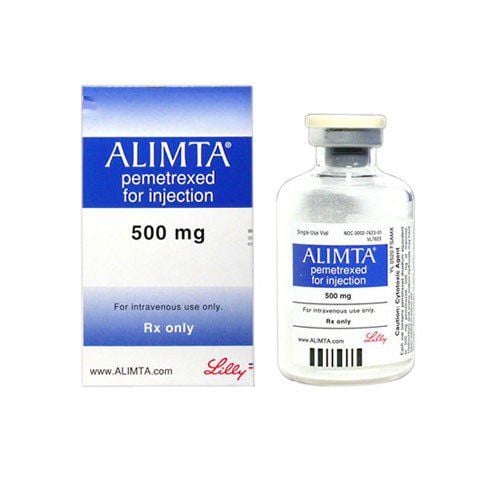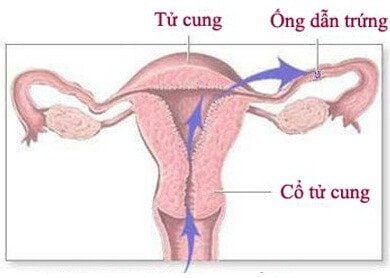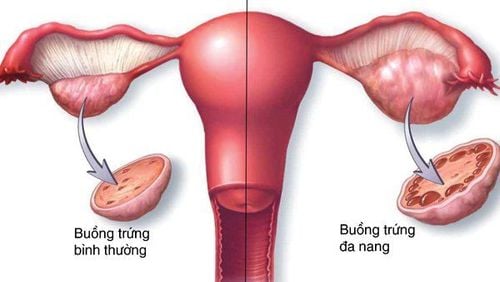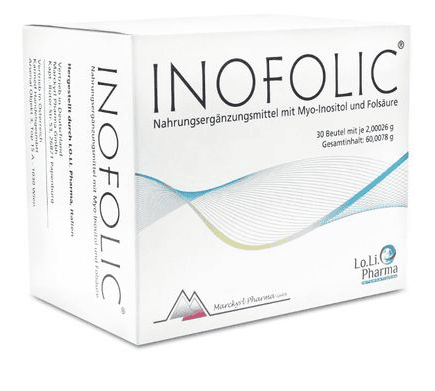This is an automatically translated article.
In women, the ovaries make estrogen and progesterone. These hormones help with breast development during puberty, regulate the menstrual cycle, and support pregnancy. Therefore, the ovaries have an important role in the female reproductive system and also in the endocrine system.
1. What is an ovary?
Ovaries are oval in shape and about the size of a large grape. They are located at opposite ends of the pelvic wall, on either side of the uterus against the pelvic wall called the ovarian fossa. Each ovary is attached to a fringe (tissue that connects the ovary to the fallopian tube). The ovaries maintain the health of the female reproductive system. They are the female gonads - female reproductive organs. These glands have three important functions: to produce two main hormones (that is, estrogen and progesterone); protect the egg and release the egg for fertilization.
A girl is usually born with two ovaries from the uterus. Before puberty, the ovaries are just long bundles of tissue.
2. The role of the ovaries in the endocrine system
There are three physiological functions of the ovary. First, they shelter and protect the eggs until they are ready to be used. It is thought that women are born with a lifelong supply of eggs, but a study by the Department of Biology at the Scottish Capitals University has found that chemotherapy can stimulate egg development. new. "This study involved only a few patients, but its results are relevant and the results are important and far-reaching," said the researchers at the school.
Second, the ovaries produce female reproductive hormones called estrogen and progesterone, and a lesser number of hormones called relaxin and inhibin. There are three different types of estrogen: estrone, estradiol, and estriol. They are used by the body to help develop mature female characteristics such as large breasts and hips, and to aid in the reproductive cycle. Progesterone is also key to fertility. Relaxin loosens the pelvic ligaments so they can stretch during labor. Inhibitors prevent the pituitary gland from producing hormones.
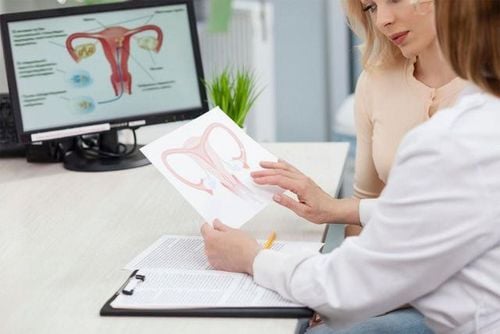
Buồng trứng có vai trò quan trọng trong hệ nội tiết
Third, the ovaries release one egg and sometimes more each menstrual cycle. This process is called ovulation. Inside each ovary is a follicle, and inside the follicle is a dormant egg. When a woman is born, there will be between 150,000 and 500,000 follicles in her ovaries.
When an egg is stimulated to maturity by hormones released from the pituitary gland, the follicle moves to the wall of the ovary. Here, eggs and follicles develop and mature. When the follicles mature, they are ready for ovulation. Mature follicles called Graafian cysts can grow up to 30 mm in diameter.
The follicle with the mature egg will burst, and release the egg into the nearest fallopian tube. From there, the egg travels to the uterus. The body produces the hormone progesterone, which makes the lining of the uterus thicker to make it easier to receive an incoming egg. This hormone is made by new cells that develop where the old egg was in the ovary. These cells are called the corpus luteum and act as temporary glands. If there is no sperm, or if the egg is not fertilized, the body stops producing progesterone about 9 days after ovulation. The egg is then ejected from the uterus during menstruation. Each menstrual cycle is about 28 days. If the egg is fertilized, the corpus luteum, and then the placenta, continues to produce progesterone. This hormone not only keeps the uterus a friendly environment for eggs to develop, but it also prevents the ovaries from releasing more eggs.
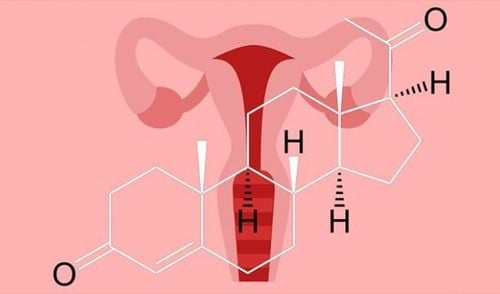
Hormone progesterone
If a woman becomes pregnant, this triggers high estrogen and progesterone levels, preventing the eggs from continuing to mature. The secreted progesterone prevents uterine contractions that can disturb the developing embryo. These hormones also prepare for lactation. Increased estrogen levels near the end of pregnancy alert the pituitary gland to release oxytocin, which causes uterine contractions. Before birth, the ovaries release relaxin, which loosens the pelvic ligaments in preparation for labor.
More hormones are produced during pregnancy than at any other time in a woman's life. But, during menopause, this again marks the end of the drop in estrogen levels. At the same time, a variety of complications can occur.
3. Some diseases related to the ovaries
Osteoporosis: Osteoporosis is often associated with menopause, like mood swings and hot flashes. Menopause: Marked by a rapid loss of estrogen. Ovarian cancer: This is an extremely serious, but rare disease. Ovarian Cysts: Ovarian cysts are fluid-filled sacs that affect women of all ages, though mostly women of childbearing age. Cysts are very common and they range in size from a pea to a grapefruit. Most cysts are harmless, but if necessary, surgical removal is still needed because large cysts can twist the ovary and disrupt its blood supply. Cysts can form for many reasons. Usually, it is simply part of normal menstruation. Most cysts are benign. But abnormal or pathological cysts, such as those with polycystic ovary syndrome, can cause painful placental symptoms. Polycystic ovary syndrome: This is caused by a hormonal imbalance. Symptoms are caused by increased production of androgens. These patients often have high levels of free testosterone. People diagnosed with polycystic ovary syndrome may be overweight, insulin resistant, and have type 2 diabetes.
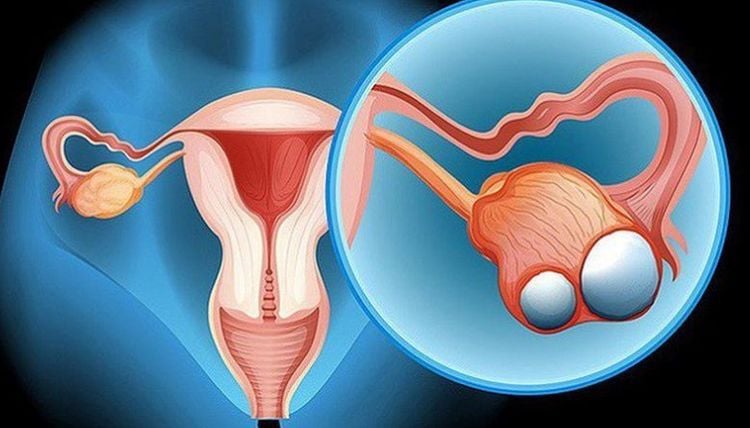
Ung thư buồng trứng là bệnh nguy hiểm
Ovaries play an important role in women's reproductive health, so if you experience any abnormal signs, please consult a specialist doctor soon. Absolutely do not arbitrarily buy drugs or self-treat will cause serious effects on your health.
Customers can directly go to Vinmec Health system nationwide to visit or contact the hotline here for support.
References: webmd.com, endocrineweb.com, livescience.com, ncbi.nlm.nih.gov
MORE
Are ovarian cysts dangerous? Ovarian dermoid: What you need to know Ovarian inflammation can get pregnant




